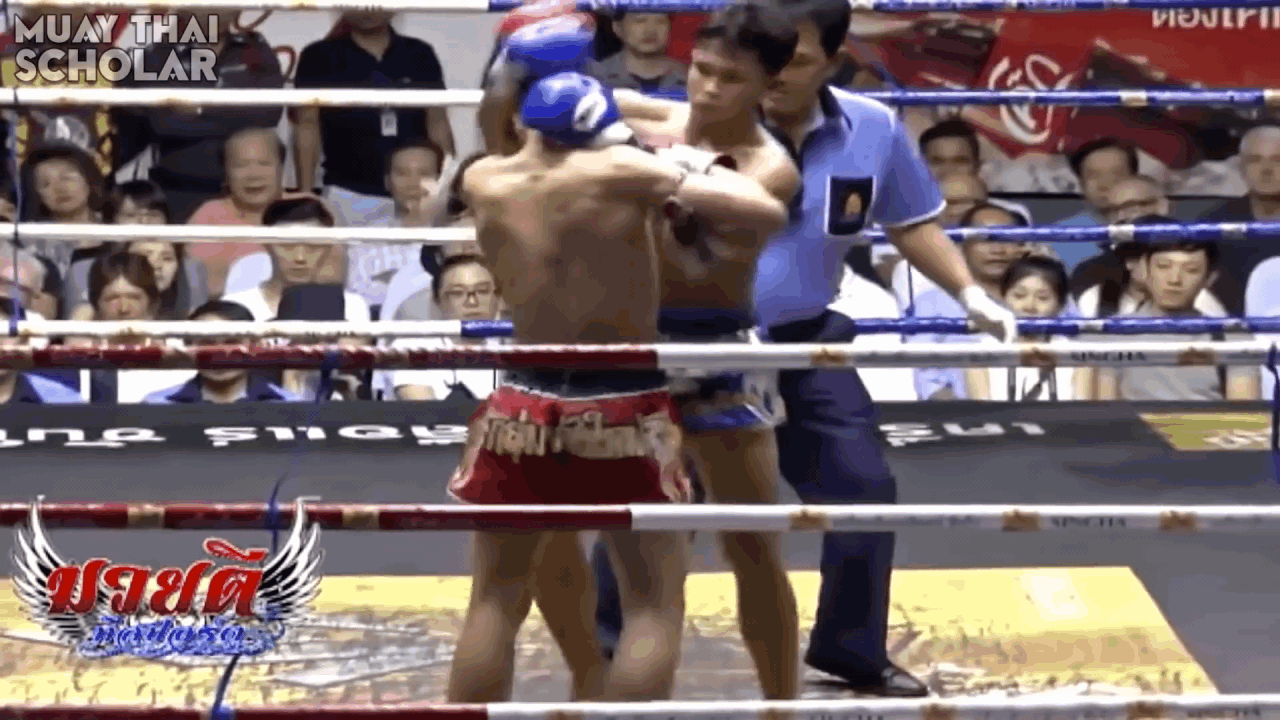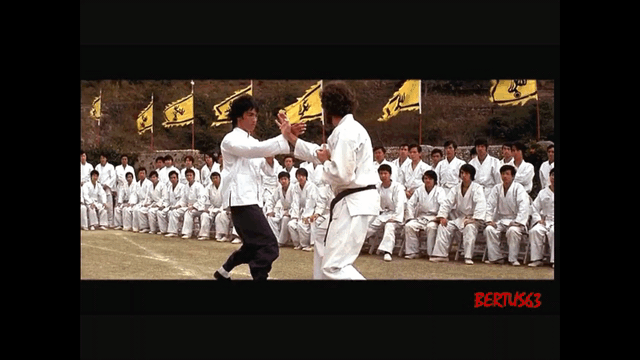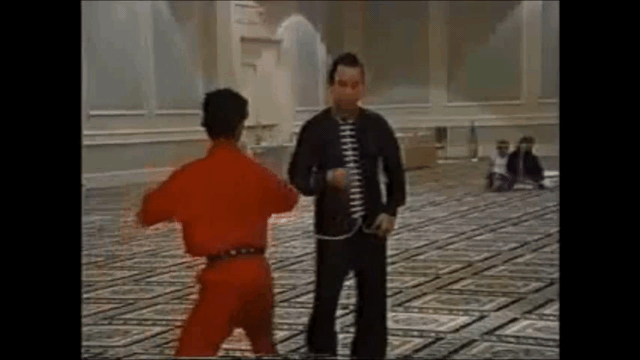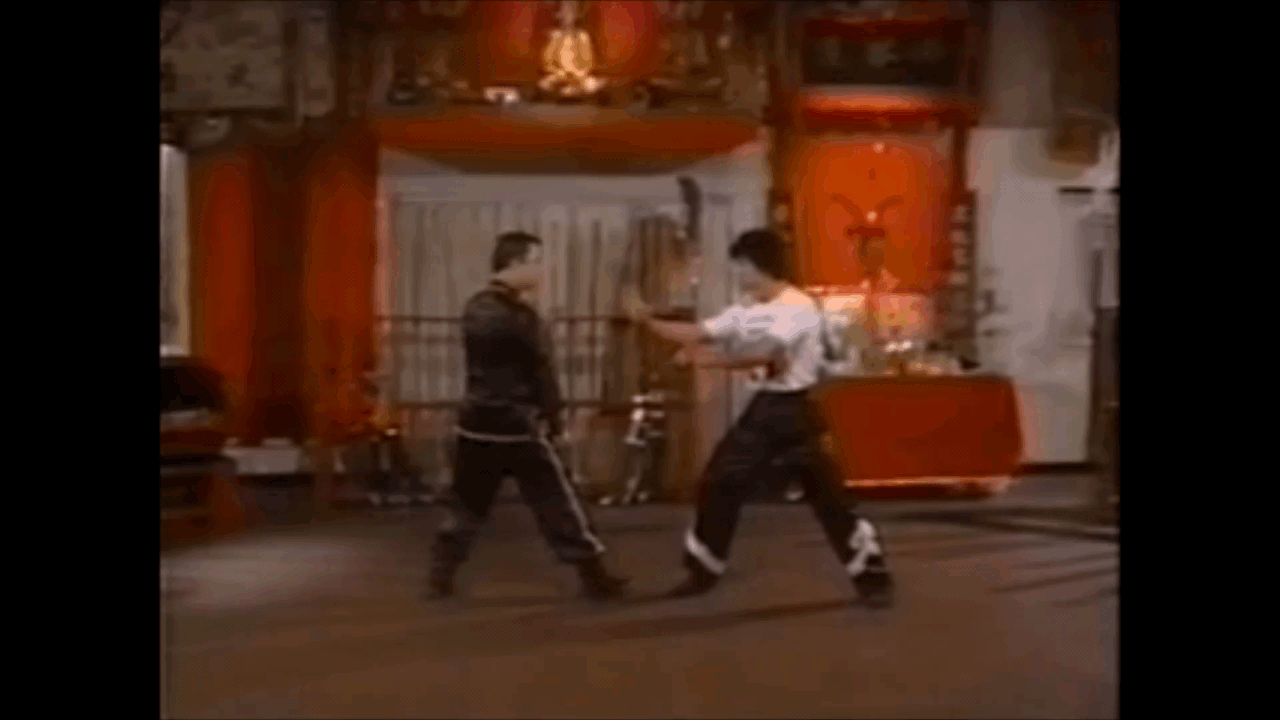Might not be an optimal technique, but when you practice it, along with folks countering (in many ways), you become adaptable and flowing. Maybe combine that nasty block and dig your left hand in while angling off for a lock or throw OR maybe not. In the heat of battle, if you broke every move into still pictures it would probably reveal many less than perfect “techniques”. You just have to be able to flow into what is next.
So, if you didn’t have time to do the correct technique and ended up with that and your opponent bent his arm to elbow you, what would be the counter or follow up?
So, if you didn’t have time to do the correct technique and ended up with that and your opponent bent his arm to elbow you, what would be the counter or follow up?
Last edited:




